Primula vulgaris (primrose) genome assembly, annotation and gene expression, with comparative genomics on the heterostyly supergene
Data and Resources
-
Open Access PDFPDF
Scientific Reports
-
Publisher TDM LinkAPI
Scientific Reports
-
Publisher WebpageHTML
Scientific Reports
-
Journal ArticlePDF
Scientific Reports
Additional Info
| Field | Value |
|---|---|
| Source | |
| Version | |
| Authors |
|
| Maintainer | |
| Maintainer Email | |
| Article Host Type | publisher |
| Article Is Open Access | true |
| Article License Type | cc-by |
| Article Version Type | publishedVersion |
| Citation Report | https://scite.ai/reports/10.1038/s41598-018-36304-4 |
| DOI | 10.1038/s41598-018-36304-4 |
| Date Last Updated | 2019-07-05T02:07:11.505445 |
| Evidence | open (via page says license) |
| Funder code(s) | Biotechnology and Biological Sciences Research Council (BB/H019278/2) |
| Journal Is Open Access | true |
| Open Access Status | gold |
| PDF URL | https://www.nature.com/articles/s41598-018-36304-4.pdf |
| Publisher URL | https://doi.org/10.1038/s41598-018-36304-4 |
